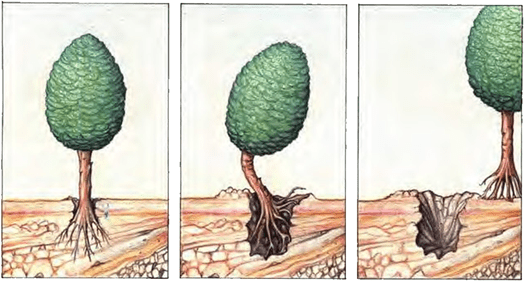On the Circle, the Measure, and the Grid of Mind
In the silent discipline of form, thought first discovers its own edge.
A point extends into a line, a line closes into a circle —
and within that curve, the spirit recognizes itself.
Thus, in the beginning, there were three acts of mind:
Seeing, Shaping, and Knowing.
The teacher drew three circles upon the sand.
Each was the same in outline, yet none alike in motion.
One stood for the outer world of sense,
one for the inward world of reflection,
and the third —
for that which joins them: understanding.
○ ○ ○
Sense Mind Unity
He said: Measure not what the eye sees, but what the line intends.
For symmetry without meaning is vanity,
and meaning without measure, confusion.
When thought draws its circumference,
it both limits and reveals itself.
Below, the master placed a table of relations,
where number, proportion, and silence were given equal columns —
a square of intellect where opposites met:
He said:
“In this grid lies the balance of knowing —
for every form finds its rest not in itself,
but in the relation it bears to others.”
And so the pupil understood:
The geometry of thought is not drawn with ink,
but with attention.
Each figure, each fraction, is a mirror —
showing not what is outside,
but what the mind imagines to be within.




